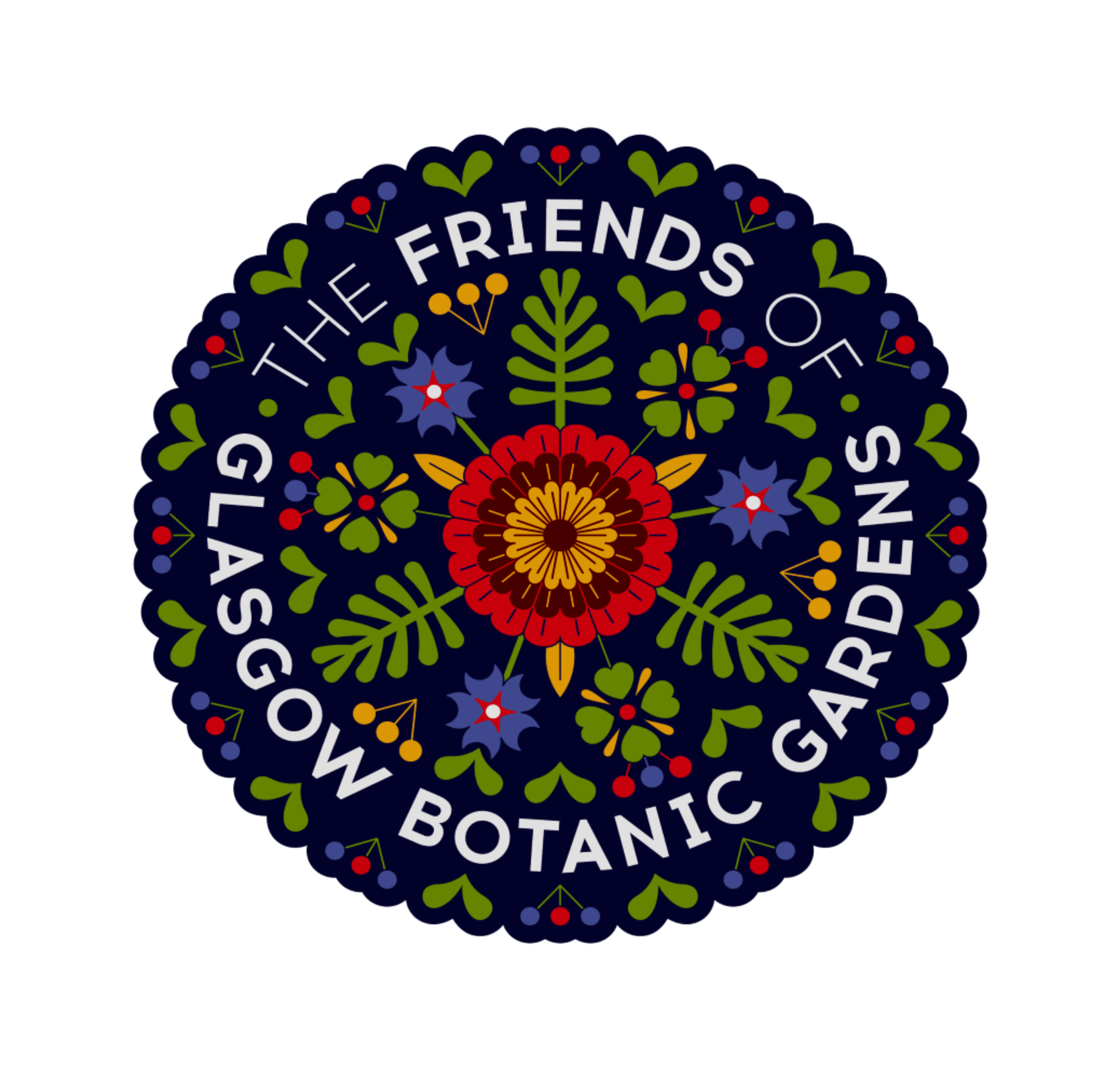Western Hemlock
Tsuga heterophylla Sarg.
Native range: The pacific region of North America: Alaska toCalifornia and areas around the Rocky Mountains (British Columbia,Idaho and Montana)
- The tree was introduced to Scotland in 1852 by John Jeffrey.
- The name ‘heterophylla’ relates to the varying lengths of the needles (leaves). In Greek, hetero means ‘different’ and phylla means leaf.
- The tree acquired the common name ‘hemlock’ from the parsley like smell of hemlock which the foliage gives off when crushed (True hemlock is a herb in the carrot family [Apiacaeae])
- A very fast growing tree used in timber production in the British Isles. Tsuga heterophylla is ecologically associated with the temperate rain forests of the Pacific Fog bank and is therefore ideal for the wetter climate found in the west of the British Isles. Western Hemlock does not tolerate drought or exposure and can grow into a weak, multi-stemmed form if environmentally stressed.
- The light reddish brown timber is used for plywood, framing timber and other construction purposes. Untreated timber is prone to decay and insect attack.
- Tsuga heterophylla has a IUCN conservation rating ‘Least Concern’
Bean, W.J., (1989), Trees and Shrubs Hardy in the British Isles(8th edn) John Murray London
The Forestry Commission website available at http://www.forestry.gov.uk/forestry/infd-5nlhqh and down loaded 5/2/2014
Eckenwalder, J. (2009) Conifers of the World, Timber Press
Wood Database available at www.wood-database.com and downloaded 5/2/2014
